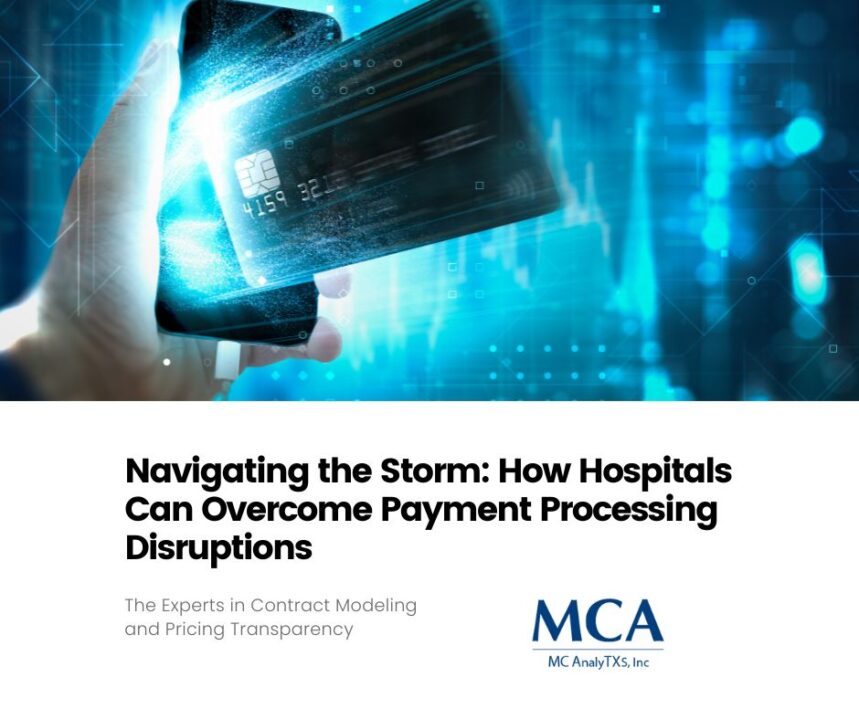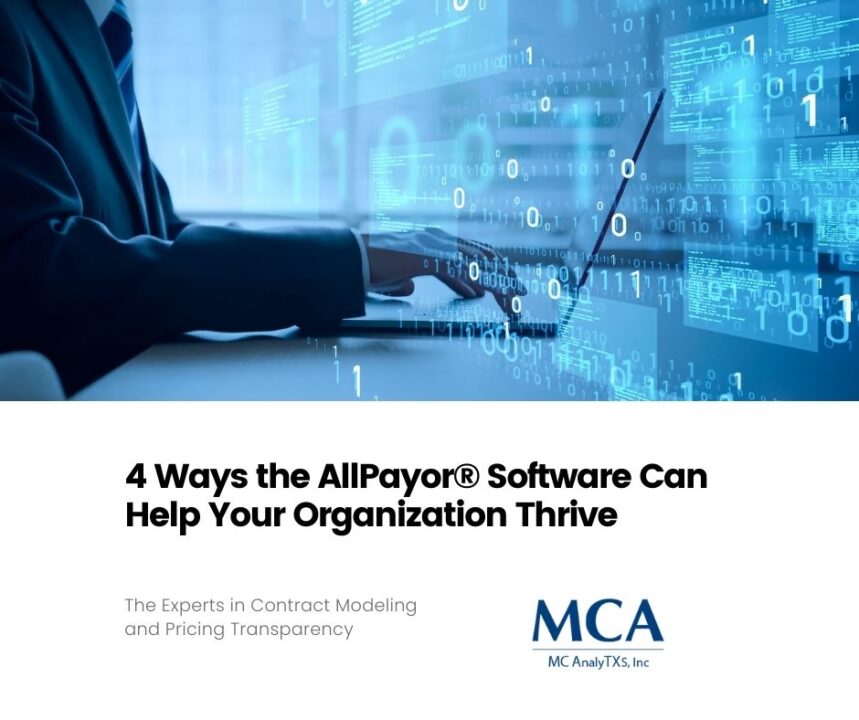
Preventing Denials: Enhancing Cash Flow and Patient Experience
February 12, 2024
Six Opportunities for RCM Leaders to Foster a Stronger, Simpler Revenue Cycle
February 16, 2024Efficiency and accuracy are paramount in the complex world of healthcare revenue cycle management (RCM). This critical process directly impacts financial performance, compliance, and even patient satisfaction. As automation technologies are increasingly embraced to streamline RCM, it’s vital to understand the potential pitfalls and how to navigate around them. In this comprehensive article, we dive into the common automation errors that can plague the rev cycle, their impact, and actionable strategies to pave a smoother path for RCM automation.
Introduction: Embracing RCM Automation
As the backbone of any healthcare service’s financial operations, RCM is the lifeblood that keeps organizations running. From claims submission and patient billing to compliance and financial reporting, RCM regulates the ebb and flow of revenue. Automation, with its promise of reducing human error and accelerating processes, is a beacon of hope in an industry where manual tasks are riddled with complexities.
However, this transition is not without its teething problems. The shift to automated systems introduces a diverse range of challenges that, if not carefully navigated, can boomerang back into the financial and operational health of the organization. Our focus is to illuminate these challenges and lay out a roadmap that leads to an efficient and trouble-free RCM automation journey.
Common RCM Automation Problems
Lack of Integration
One of the most prevalent hurdles in RCM automation is the seamless integration of diverse systems and data sources. In healthcare, siloed information systems are a historical norm, making it arduous to create a unified platform that can effectively manage the revenue lifecycle from end to end.
Inaccurate Data Entry
Automation is not immune to error. Unchecked, inaccurate data entry and coding can proliferate, causing issues downstream with claims processing and revenue recapture.
Insufficient Training and User Adoption
Employing state-of-the-art automated systems is only half the battle if end-users do not fully embrace and use the technology. Oftentimes, training is overlooked, leading to underutilization and errors.
Inadequate System Updates and Maintenance
Technology evolves, and so must the systems that we rely on for automation. Failure to schedule regular updates and perform needed maintenance can lead to critical system failures at inopportune times.
Security Risks and Data Breaches
With automation comes a new set of vulnerabilities. Human error, improper system design, or malicious intent can lead to data breaches, eroding patient trust and causing significant legal and financial repercussions.
The Impact of RCM Automation Problems
The repercussions of these automation issues ripple throughout the organization.
Financial Losses
Miscalculations in automated systems can lead to underbilling, overbilling, or unpaid claims that directly impact revenue.
Compliance Issues
Inaccuracies in automated billing can result in compliance violations, leading to hefty fines and a tarnished reputation.
Patient Dissatisfaction
Ultimately, patients are the center of the healthcare ecosystem. Any issues that disrupt the billing process can lead to dissatisfaction and impact patient loyalty.
Strategies to Avoid RCM Automation Problems
Comprehensive System Integration
Choosing an automation solution that is designed with interoperability and integration in mind can help overcome siloed system challenges.
Implementing Data Validation and Quality Checks
Routine data audits and validation protocols should be established to prevent inaccuracies from compounding.
Providing Adequate Training and Support
Invest heavily in user education and ongoing support to ensure that the workforce is equipped to use the automation tools effectively.
Regular System Updates and Maintenance
A structured approach to system maintenance that includes regular updates should be a non-negotiable part of the automation strategy.
Prioritizing Data Security
Implement stringent security measures and keep up with the latest best practices to safeguard patient information against data breaches.
Conclusion
RCM automation presents an opportunity to revolutionize financial management in healthcare. However, with this opportunity comes great responsibility. By recognizing the potential pitfalls and implementing the strategies we’ve outlined, healthcare organizations can streamline their operations, reduce costs, and – most importantly – ensure that patient welfare remains at the heart of their actions.
As technology continues to advance, staying abreast of the latest solutions and continually refining automated systems will be an ongoing endeavor. The commitment to a robust RCM automation infrastructure is not just a sound investment in the financial health of the organization, but also a foundation for the trust and loyalty of the patients it serves.
Armed with this knowledge and approach, administrators, revenue cycle managers, and billing professionals can lead their organizations toward a future where RCM automation is synonymous with efficiency, reliability, and – most promisingly – a healthier bottom line.





